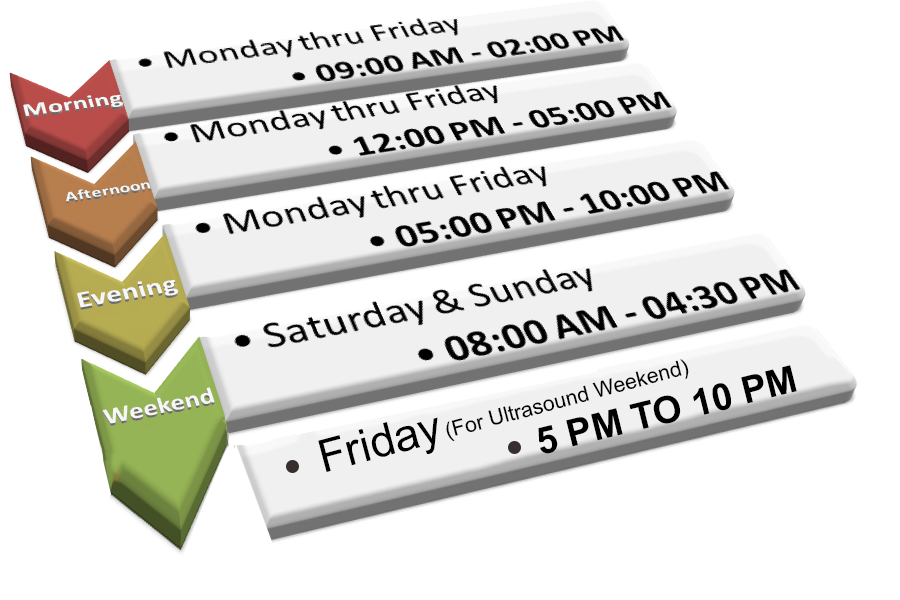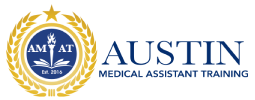Become a Diagnostic Medical Sonographer With Our Training Program
Becoming a diagnostic medical sonographer is a rewarding and exciting career. If you're interested in learning more about beginning a diagnostic medical sonography training program, Austin Medical Assistant Training can help! We offer an accredited diagnostic medical sonography course that will prepare you for a career in this field. Contact us today and learn more about the program curriculum!
Program Description
The Diagnostic Medical Sonography program is designed to prepare competent entry-level general sonographers in the cognitive (knowledge), psychomotor (skills), and affective (behavior) learning domains. The Diagnostic Medical Sonography program at Austin Medical Assistant Training (AMAT) is designed to prepare students to perform diagnostic ultrasound examinations required of an entry-level general sonographer to include, but not be limited to, the abdomen, pelvis, pregnant female pelvis, and superficial structures. Students are also introduced to vascular ultrasound. The student will have the opportunity to study the anatomy, physiology and pathophysiology of scanned organ systems, recognize the sonographic patterns of the organs, learn the protocols for a logical and thorough survey of the organs, and provide accurate and technical impressions to the interpreting physician. The core curriculum is structured to include an on campus lecture component, an on-campus imaging laboratory component, and an off-campus integrated clinical component. The final externship portion of the curriculum is structured to include supervised experiences in the clinical environment that require competencies, logs, and evaluations completed by the student. At the conclusion of the program, graduates who have diligently attended class and their externship, studied, and practiced their skills should have the skills to seek entry-level employment as diagnostic medical sonographers.
Our Program Courses
Our program includes a total of 2535 hours of courses to teach you everything from the basic structure of medical words and patient care skills to clinical experience where you can apply what you've learned in a clinical setting. Learn more about the program breakdown and register today to get started!
Patient Care (DMS144) 90 Hours
This course provides an introduction to patient care skills and their application in the role of Sonographer. Students will explore
Gynecology and Obstetrics Sonography (DMS181) 360 Hours
This elective is designed to offer prospective OB-GYN candidates the opportunity learn and/or improve their ultrasound skills of image acquisition and interpretation through hands-on practice and professional guidance from many specialists within the fields of Obstetrics and Gynecology.
Externship (DMS204) 1090 Hours
Clinical experience provides students the opportunity to apply knowledge learned and scanning competencies in the clinical setting. Clinical rotations allow for role acquisition,
Proficiencies, critical thinking skills, documentation and communication skills. Clinical rotations build appropriate clinically based judgment and decision making skills, strengthening professional behaviors and


Prerequisites:
- Associates in Allied Health, Bachelors or Higher Degree in any field. Candidate must have completed general education requirements prior to start date or during the program’s module A which is the first 12 weeks of the program. The general education non-core courses required are:
- Communication skills which may be met with courses in college-level English composition or speech, College-level mathematics, Human anatomy and physiology and General physics.

Register for Our Diagnostic Medical Sonography Program Today
Ready to get started with our diagnostic medical sonographer program? Register now with Austin Medical Assistant Training. Through our education model, we work to keep the cost of education low while equipping our students with the training they need with a low student to teacher ratio and experienced instructors who are distinguished medical professionals.
